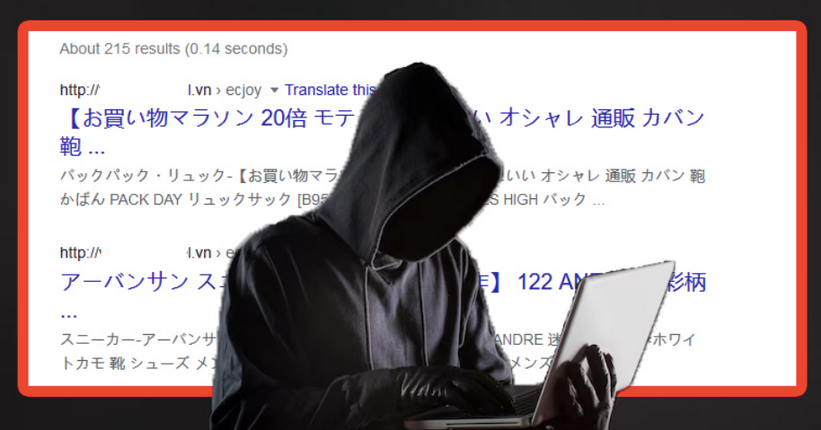WordPress is one of the most popular content management systems in the world. However, its popularity also makes it a prime target for hackers. One common type of hack that WordPress websites often fall victim to is the Japanese keyword hack. This insidious hack can negatively impact your website’s SEO and reputation. In this article, we will explore what the Japanese keyword hack is, how to identify if your website has been compromised, and most importantly, how to remove it and secure your WordPress site.
Read: Troubleshooting Common WordPress Issues
What is the Japanese Keyword Hack?
The Japanese keyword hack involves hackers injecting Japanese keywords and spammy links into your website’s content without your knowledge. These keywords and links are often irrelevant to your website’s niche and can lead to a sudden drop in your website’s search engine rankings.
How Does It Happen?
This hack usually occurs due to vulnerabilities in your WordPress site. Hackers exploit security weaknesses, such as outdated plugins, themes, or weak passwords, to gain unauthorized access to your website. Once they have access, they manipulate your content to include Japanese keywords and links, hoping to improve the search engine ranking of their own websites.
Read: How To Fix Pharma Hack In WordPress
Identifying a Japanese Keyword Hack
- One of the most common signs of a Japanese keyword hack is a sudden drop in your website’s SEO rankings. If you notice a significant decline in your search engine positions, it’s time to investigate further.
- Inspect your website’s content. If you find unusual Japanese characters or keywords that don’t belong there, your site may have been compromised.
- Google Search Console can be a valuable tool in identifying hacking attempts. If Google detects spam on your site, it will send you an alert.
Removing the Japanese Keyword Hack
Before you begin the removal process, it’s crucial to back up your website. This ensures that you have a clean copy of your site to restore in case something goes wrong during the removal process.
Update WordPress and Plugins
Ensure that your WordPress core and all plugins and themes are up to date. Developers frequently release security patches that can help protect your site.
Scan for Malware and Clean Your Database
Use a reliable WordPress security plugin to scan your website for malware and suspicious files. These plugins can help identify and remove malicious code. Also, inspect your database for any unwanted Japanese keywords or links. Remove them manually or use security plugins that offer database cleanup features.
Change Passwords and Harden Your Security.
Change all passwords associated with your WordPress site, including your admin, FTP, and database passwords. Use strong, unique passwords to prevent future breaches. Additionally, implement security measures such as a firewall, two-factor authentication, and regular security audits to protect your website from future attacks.
Read: Common Website Security Mistakes To Avoid
Conclusion
Dealing with a Japanese keyword hack on your WordPress website can be a daunting task, but it’s essential to take action promptly. By following the steps outlined in this article, you can not only remove the hack but also fortify your site’s security to prevent future breaches. Remember, staying vigilant and keeping your website’s software up to date is key to maintaining a secure and reputable online presence.

